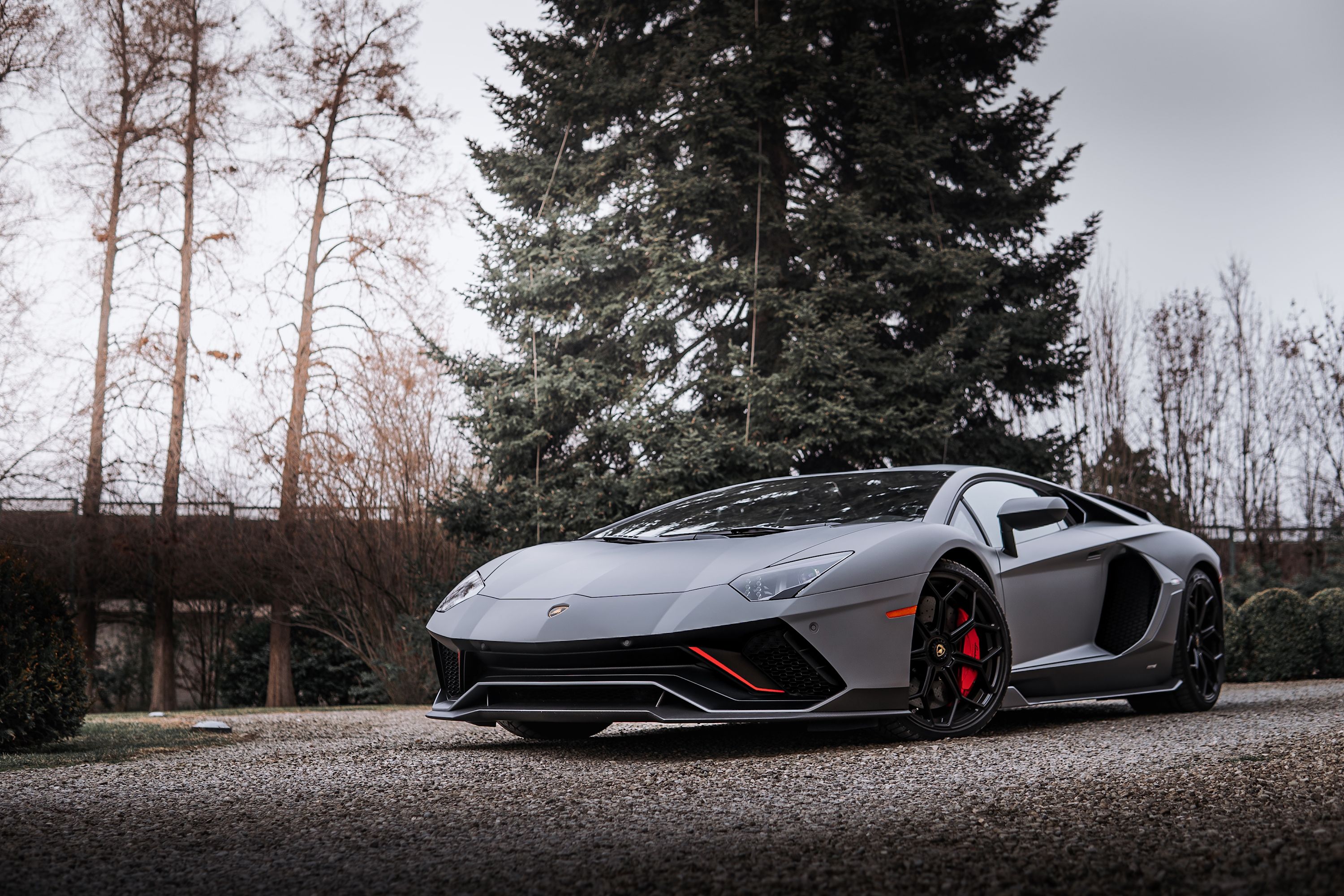
Most supercars these days use a monocoque chassis for its low weight, high torsional rigidity, and enhanced safety. But because of the space constraints that come with creating a car that can perform at the highest level, these cars aren't particularly comfortable and typically come with seats that are molded into the monocoque. If you're too short, your feet don't reach the pedals. If you're too tall, your visibility is impaired and your comfort is compromised. Adjustable pedals and steering wheels help get around this problem, but Lamborghini has decided that these solutions aren't good enough and has filed to patent a new seat design that should cater to drivers of any height.
The patent documentation was exclusively uncovered by CarBuzz after it was filed with the World Intellectual Property Organization (WIPO). In these documents, Lamborghini proposes that the inclined seat base of the chair should remain fixed and only the backrest should move. But rather than having the backrest recline, as is common, this backrest would slide fore and aft. For taller drivers, sliding backward would mean more thigh support for long legs and a lower H-point, or hip point, to sit lower in the car.
For shorter drivers, this seat would allow one to get closer to the steering wheel and the pedals while also elevating the driving position for improved visibility. These seats would be lighter than multi-way adjustable seats while still providing better ergonomic properties.
In supercars with very low production numbers, manufacturers typically mold padded seats to the monocoque after basing the shapes of these pads on the build and height of the buyer, but this means that a limited-edition car is ideally suited to a specific person. This new seat solution would make it possible for a secondary owner of a special edition like the Countach to find an adequate seating position without having the seat reformed by the manufacturer.
Higher-volume offerings like the upcoming Lamborghini Aventador replacement could also benefit from this lightweight, ergonomic solution. It remains to be seen if this design will be a part of the new V12 flagship, but we'd be willing to bet that it will make production before the end of the decade.
